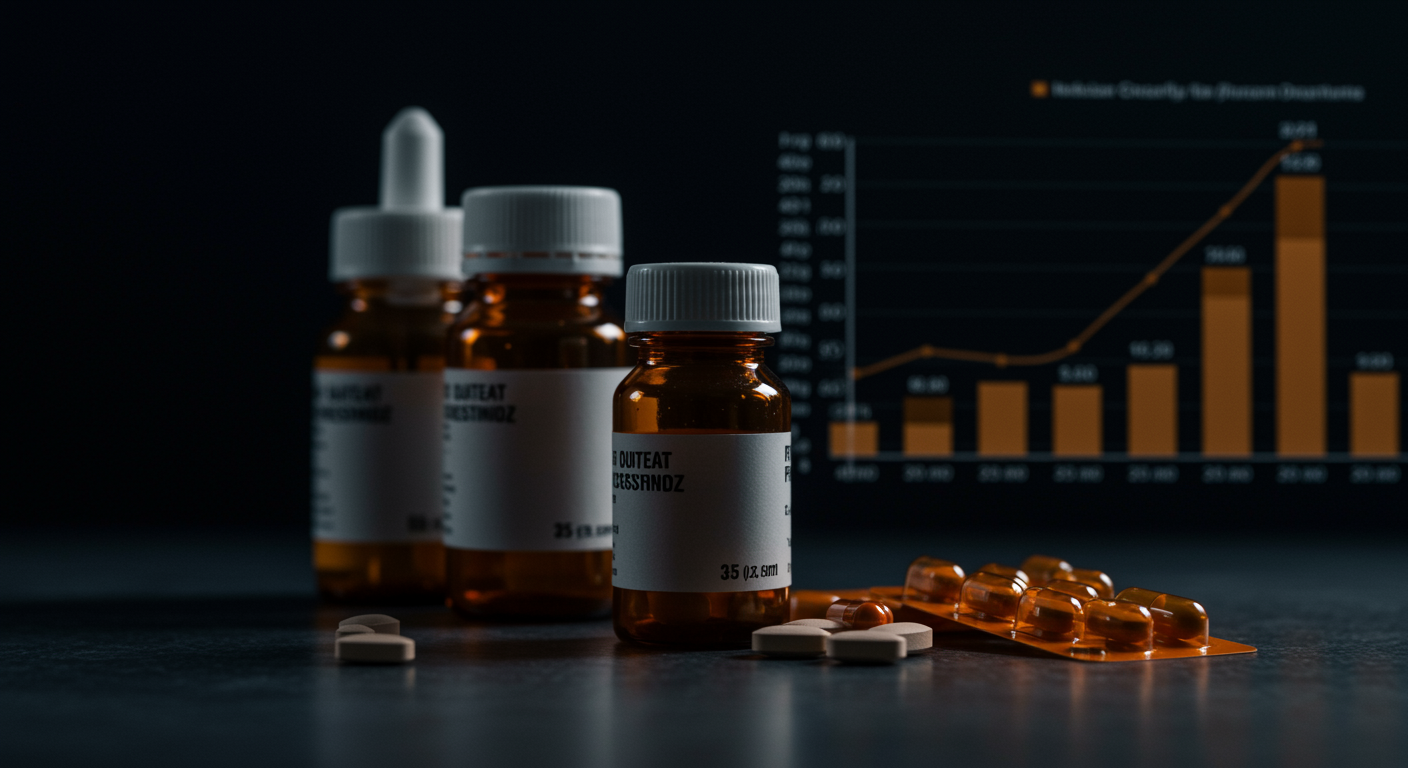How Much Has PPI Use Increased Among US Adults?
Proton pump inhibitor use among US adults has increased dramatically over the past two decades, with usage rates tripling from 1999 to 2018 according to this comprehensive population analysis. This trend reflects both increased recognition of acid-related disorders and potentially inappropriate prescribing, raising important questions about the balance between therapeutic benefits and long-term safety risks in the growing population of PPI users.
Dr. Kumar’s Take
This trend analysis is both impressive and concerning. A tripling of PPI use over 20 years suggests we’re either seeing a massive increase in acid-related diseases, or we’re overprescribing these medications. Given what we now know about PPI side effects - fractures, infections, nutritional deficiencies - this widespread use raises important public health questions. Many patients may be taking PPIs longer than necessary or for inappropriate indications. This data should prompt both healthcare providers and patients to regularly reassess PPI necessity.
What the Research Shows
This population-based study analyzed national health survey data from 1999-2018 to examine trends in PPI use among US adults. The analysis included prescription patterns, demographic factors, duration of use, and indications for therapy across different population subgroups and time periods.
The research revealed substantial increases in PPI utilization across all demographic groups, with particularly notable increases in long-term use and potentially inappropriate prescribing patterns that have important implications for population health and healthcare costs.
Results in Real Numbers
- Overall usage increase: PPI use tripled from 3.9% to 11.8% of US adults (1999-2018)
- Long-term use growth: >1 year PPI use increased 5-fold over the study period
- Age-related patterns: Highest usage in adults >65 years (25% by 2018)
- Gender differences: Women showed 40% higher PPI usage rates than men
- Inappropriate use: Estimated 25-70% of PPI prescriptions lack clear indication
- Healthcare costs: Annual PPI spending exceeded $10 billion by 2018
Safety, Limits, and Caveats
The study relied on self-reported medication use and may not capture all over-the-counter PPI usage, potentially underestimating true utilization rates. The analysis couldn’t definitively determine appropriateness of prescribing or assess clinical outcomes related to increased usage patterns.
Additionally, the study period coincided with increased availability of over-the-counter PPIs and expanded clinical indications, which may have contributed to usage increases beyond inappropriate prescribing alone.
Practical Takeaways
- Recognize that PPI use has increased dramatically and may include inappropriate prescribing
- Regularly reassess PPI necessity and attempt discontinuation when clinically appropriate
- Consider the growing body of evidence regarding long-term PPI risks when making prescribing decisions
- Implement systematic approaches to PPI de-prescribing in appropriate patients
- Educate patients about both benefits and risks of long-term PPI therapy
- Use the lowest effective dose and shortest duration necessary for symptom control
Related Studies and Research
- ACG Clinical Guideline: Guidelines for the Diagnosis and Management of Gastroesophageal Reflux Disease
- Pharmacology of Proton Pump Inhibitors
- Proton Pump Inhibitors and Risk of Fractures: Meta-Analysis of 11 International Studies
- Use of Proton Pump Inhibitors and Risk of Iron Deficiency: Population-Based Study
- Episode 25: The Great GERD Mistake - How Medicine Made Heartburn Worse and How to Fix It
FAQs
Why has PPI use increased so dramatically?
Factors include increased GERD awareness, expanded clinical indications, over-the-counter availability, and potentially inappropriate prescribing for conditions that don’t require long-term acid suppression.
What percentage of PPI use may be inappropriate?
Studies suggest 25-70% of PPI prescriptions may lack clear clinical indication or continue longer than necessary, though exact rates vary by healthcare setting.
Are certain populations more likely to use PPIs inappropriately?
Elderly patients and those with multiple medications face higher risks of inappropriate PPI use, often due to prescribing cascades and lack of regular medication review.
How can healthcare systems address inappropriate PPI use?
Strategies include systematic medication reviews, PPI de-prescribing protocols, provider education, and electronic health record alerts for long-term PPI users.
Should I be concerned if I’ve been taking a PPI for years?
Long-term PPI use may be appropriate for some conditions, but regular reassessment with your healthcare provider can help determine if continued therapy is necessary based on your individual situation.
Bottom Line
PPI use among US adults has tripled over two decades, with substantial increases in long-term use that may include inappropriate prescribing. This trend highlights the need for regular reassessment of PPI necessity and systematic approaches to appropriate de-prescribing.


